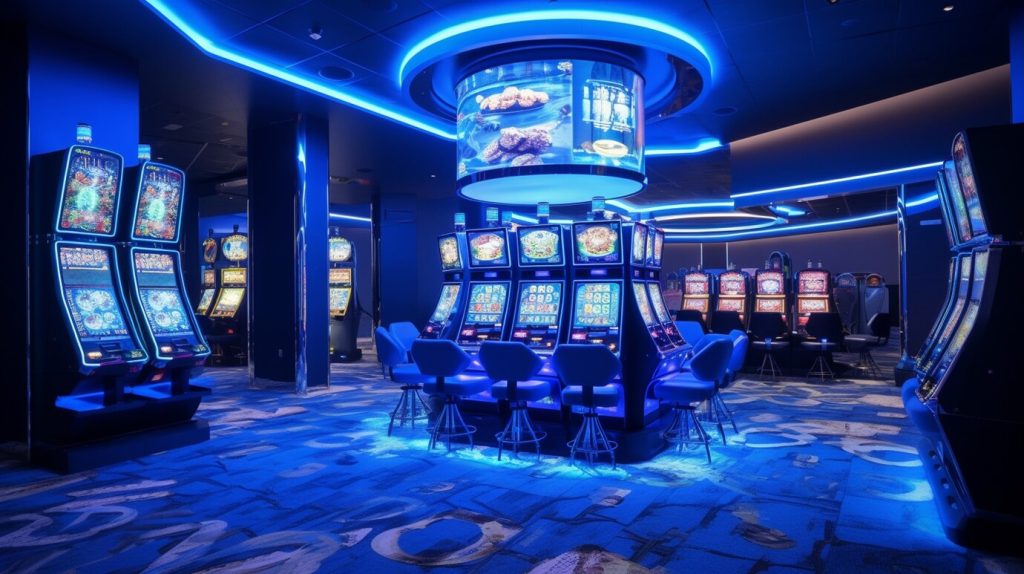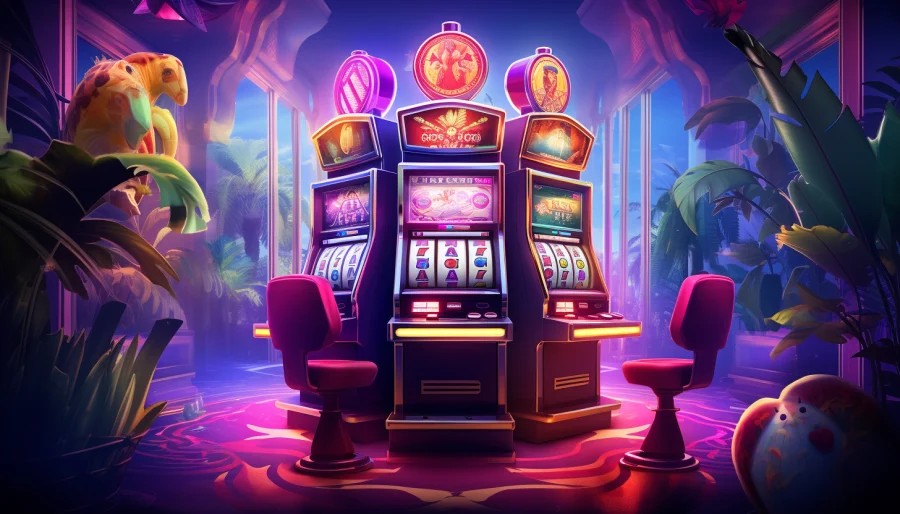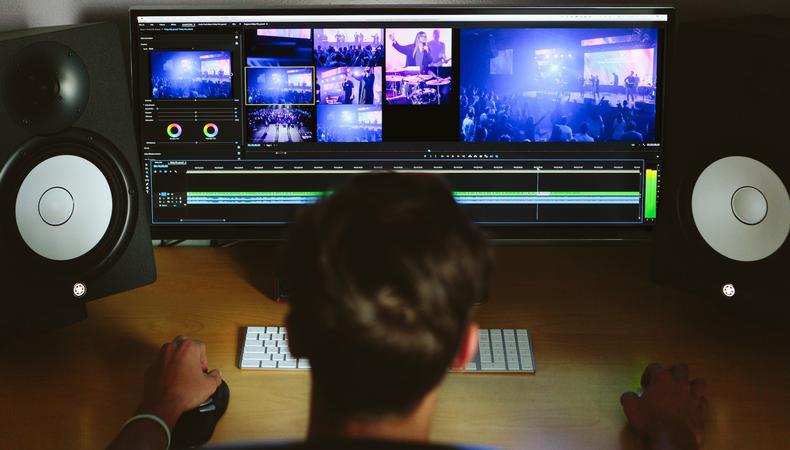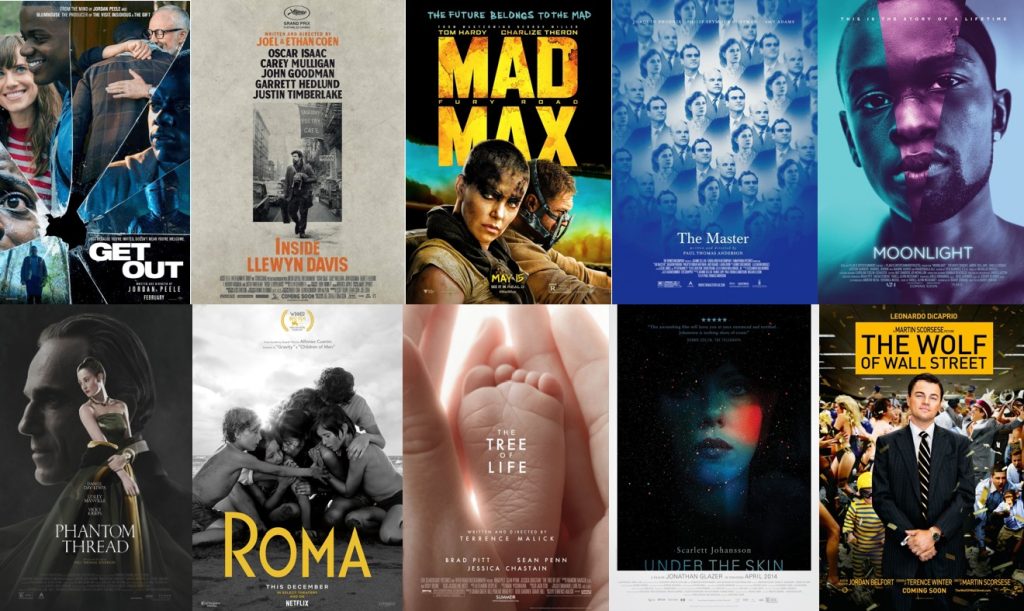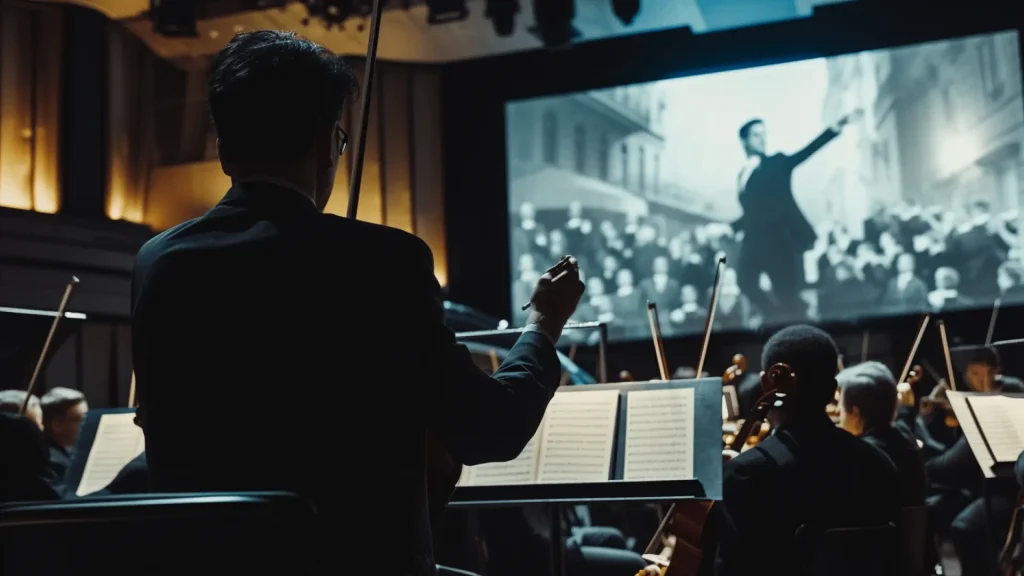The Role of CBD Oil in Managing Symptoms of Candida InfectionsThe Role of CBD Oil in Managing Symptoms of Candida Infections
Candida is a type of yeast that naturally lives in our bodies, especially in areas like the mouth, gut, and skin. While generally harmless in small amounts, Candida can cause infections if it grows excessively, leading to conditions known as candidiasis. Symptoms of Candida overgrowth can include fatigue, digestive issues, oral thrush, and skin problems. Several factors, such as a weakened immune system, a high-sugar diet, and antibiotic use, can disrupt the balance of Candida in the body and trigger overgrowth.

Managing Candida infections often requires a combination of dietary adjustments, medications, and lifestyle changes. Recently, alternative remedies, including CBD oil, have gained attention for their potential to help manage the symptoms of Candida overgrowth and support the body’s natural healing processes.
Anti-Inflammatory Effects of CBD Oil
One of the major ways CBD oil can help manage Candida infections is through its anti-inflammatory properties. Inflammation often occurs in response to Candida overgrowth, especially in the gut and skin, leading to symptoms such as irritation, bloating, and redness. CBD, or cannabidiol, is well-known for its ability to reduce inflammation by interacting with the body’s endocannabinoid system (ECS).
The ECS is a network of receptors and compounds that play an essential role in regulating various physiological processes, including immune response and inflammation. CBD can activate cannabinoid receptors within the ECS, reducing inflammation and promoting a balanced immune response. This effect can be highly beneficial for those dealing with Candida overgrowth, as reducing inflammation can help alleviate discomfort and prevent symptoms from worsening.
Additionally, CBD’s anti-inflammatory effects may help relieve symptoms like joint pain and digestive issues, which are often experienced by individuals with chronic Candida infections.
CBD Oil’s Antifungal Properties
CBD oil also has antifungal properties that can be effective against Candida infections. Studies suggest that CBD and some of the terpenes found in full-spectrum CBD oil, such as limonene and caryophyllene, have antifungal effects. These compounds can inhibit the growth of fungi by disrupting their cell membranes, making CBD a potential natural remedy for combating Candida overgrowth.
For those looking for a natural alternative to synthetic antifungal medications, CBD oil presents a promising option with fewer side effects. It can be especially beneficial for those experiencing recurring Candida infections or looking for a supplementary remedy alongside conventional treatments.
Supporting Immune Balance with CBD Oil
A weakened immune system is a key factor that contributes to Candida overgrowth. When the immune system is compromised, it is less effective at controlling Candida, leading to infections. CBD oil may support the immune system by promoting immune balance, which can be beneficial for managing recurrent Candida infections.
CBD’s interaction with the ECS helps regulate the immune response, preventing excessive inflammation that can worsen symptoms. By promoting a more balanced immune response, cbd oil for candida can help the body fight off Candida infections more effectively.
Moreover, CBD’s stress-reducing properties may indirectly support immune health. Chronic stress can weaken the immune system and make the body more vulnerable to infections like Candida. CBD may help manage stress and anxiety, ultimately supporting overall immune function and reducing the risk of Candida overgrowth.
Alleviating Symptoms for Better Quality of Life
Candida infections can cause a variety of symptoms that impact daily life, including fatigue, digestive problems, and skin irritation. CBD oil’s calming and pain-relieving properties may help alleviate these symptoms and improve comfort for those affected by Candida.
One common symptom of Candida overgrowth is digestive discomfort, which often stems from inflammation and an imbalanced gut microbiome. By reducing inflammation in the gut, CBD can help ease symptoms like bloating, cramps, and gas, ultimately improving digestive health.
CBD oil may also help promote better sleep, which is important for individuals battling Candida infections. Poor sleep can negatively affect immune function, making it harder for the body to recover from infections. CBD’s relaxation-inducing effects may help improve sleep quality, allowing the body to heal and recover more effectively.

CBD Oil as a Supportive Tool for Candida Management
CBD oil’s anti-inflammatory, antifungal, and immune-modulating properties make it a promising option for managing symptoms of Candida infections. While it may not be a cure, CBD oil can serve as a supportive tool to reduce inflammation, inhibit fungal growth, and promote immune balance—all crucial for addressing Candida overgrowth effectively.
If you are considering using CBD oil to manage Candida symptoms, it’s essential to consult with a healthcare professional to determine if it’s right for your situation. When used in conjunction with dietary changes, probiotics, and other treatments, CBD oil may help manage symptoms and support overall health and well-being.


